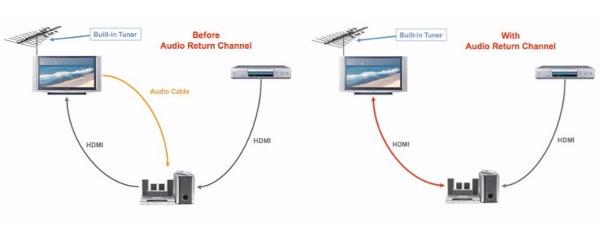So I used to work for one of the biggest SONY dealers in Southern California. This last year when we got in the new soundbars, SONY account managers and reps came in to go over everything and their display setups.
When we got to the new soundbars, our account managers asked me why I used Optical to setup their soundbar instead of HDMI. I looked at them and asked them if they had ever tried initializing ARC from one of their TV's to their Soundbar.
After a few minutes of settings adjustments and everything, it still would not work. I recommended to them that they get with their engineering team to FIX this, because it is ridiculous to think that these products are supposed to be able to be purchased by the cusomter, setup at home by the customer, and work properly without a phone call back to the dealer, based on all the "recommended" setup methods via the manufacturer.
Needless to say but they shoved their little tails behind their legs and went home embarassed.






































































